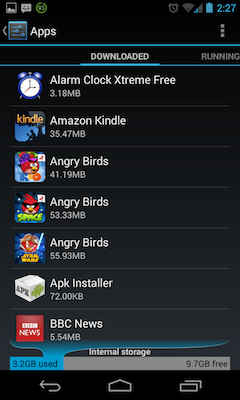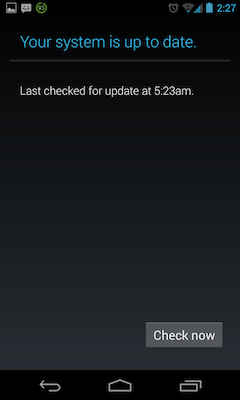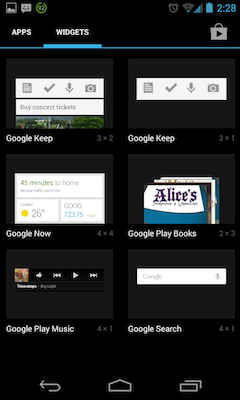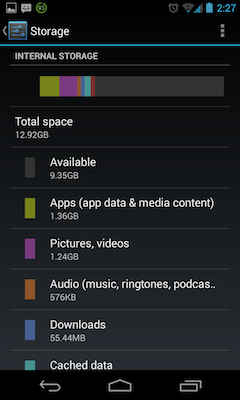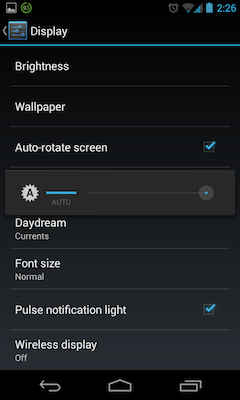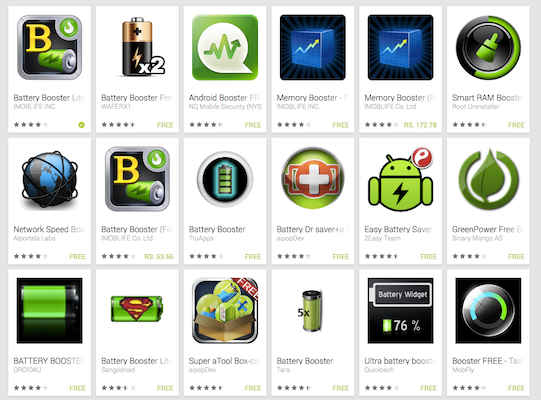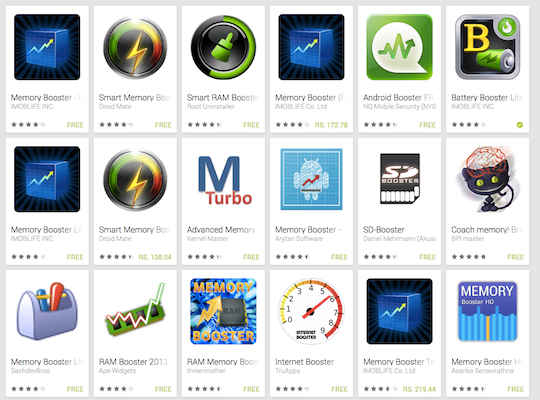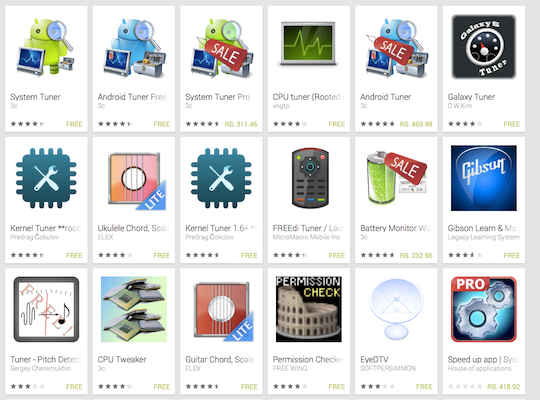How to improve the performance of your Android smartphone or tablet
Some easy tips and tricks to help you achieve an optimal battery life and performance from your Android smartphone/tablet.
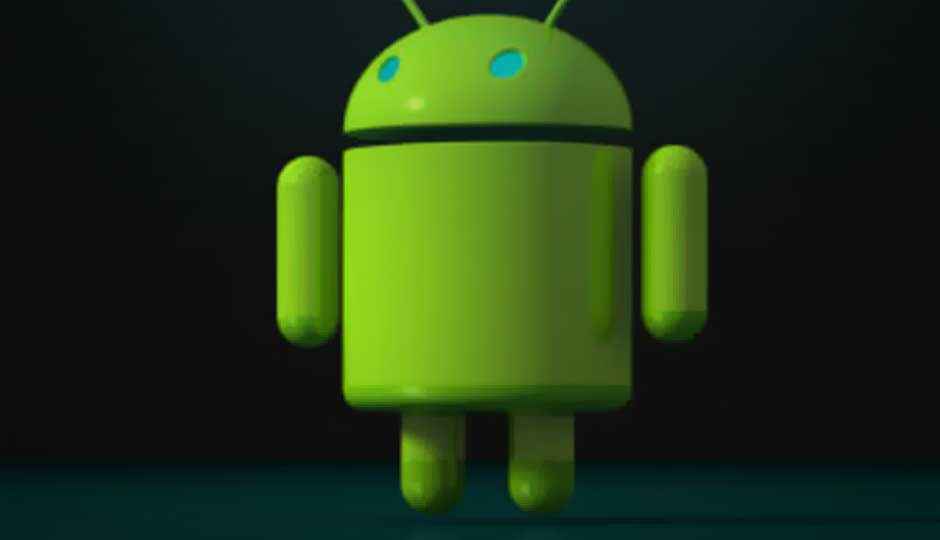
Android as an OS has evolved quite a bit over the past few years and there are a lot of tools at users disposal to optimize the performance of the smartphone. The Android OS has the ability to give users an acceptable experience even on an entry level smartphone. Manufacturers at times skin the OS with their own UI and also offer some preloaded apps that may often be nothing more than bloatware. The flexibility and customization options that Android offers sometimes works against it as it may make the smartphone/tablet lag, slower and a battery guzzler.
 Survey
SurveyTo help you achieve a state of optimum battery life and performance on your Android device, here we list a few tips and tricks that can help you get the most out of your smartphone or tablet.
If you aren’t using it, delete it!
Some Android devices come preloaded with a bunch of apps. If you pick up a smartphone or tablet from Samsung, HTC, Sony or some other manufacturers, you will get a preloaded skin on it along with a few preloaded apps. Some of these apps may consume memory, stay active in the background or just consume storage space. If you aren’t going to use these apps, it makes sense for you to delete them. This will not only help you get some storage space, but also make the phone run smoother as well. You can uninstall apps from the Settings>Device>Apps menu.
If you have purchased a few apps and are worried that you will have to repurchase them once deleted, don’t worry. Once an app has been purchased, you can delete it and download it as many times as you like. All you need is to log in with your Gmail account (the one you used to purchase the app). The only downside is that you will lose any data that you have saved via some of these apps.
Update on a regular basis
App developers as well as smartphone or tablet manufacturers release updates on a regular basis. These updates may bring a new version of the OS to your device or may update the firmware to give you better performance. Developers also release updates for the apps on a regular basis. These updates help optimise the performance of the apps as well as make them more efficient. Updating your apps and device on a regular basis will affect the performance.
Updates for apps can be accessed from the Google Play store. To update firmware/OS , you can access it from Settings>System>About the Phone>System Update.
Fewer widgets
One of the best features of owning an Android device is that you can customize the available home screens with widgets and live wallpapers. The downside to this is that they are battery guzzlers. You would do a lot better to have a static wallpaper and if you aren’t using a widget, it makes sense to remove it, as widgets not only consume battery but data as well while updating.
Widgets and live wallpapers consume not only the battery but the memory of your Android device as well. Switching them off means that the device will become smoother to operate. A long press on the home screen will bring up the wallpaper and widgets option on most Android devices for you to customize.
Transfer apps to the SD card
One of the biggest problems, especially of mid-ranged Android smartphones and tablets is that the built-in storage is really low. There are some apps that cannot be transferred to the SD card, but most of the apps available on the Play store can be moved to the SD card.
It is easier to clean up the memory card by deleting left over folders from uninstalled apps and also simpler to transfer data from your PC to the device.
Background data and connectivity options
The beauty of Android is that it is very easy to sync your contacts, apps and other information seamlessly between devices. Unfortunately, the background sync depletes the devices battery life in a jiffy. Disabling background sync will help you save on the battery life of the smartphone. It is easy to manually sync your Android device with a simple click of a button. You can also enable selective sync if there are apps and information you would like updated all the time.
On your Android smartphone or tablet you have a bunch of connectivity options such as 3G, Wi-Fi, Bluetooth and GPS. Sure, all these connectivity options are great to use but you won’t use them all the time. It makes sense for you to disable these functions when they aren’t in operation. Switch on the Wi-Fi when you are in a Wi-Fi zone and switch it off when you leave it. When you aren’t using the Internet on your smartphone, it makes sense for you to switch to 2G as 3G is very power hungry. GPS and location services too can be switched off after you have checked-in or finished using Google Maps.
Setting the display brightness to auto will help you save the battery but it is better if you manually control the brightness and set it to as low as you’d feel comfortable with. The screen is one the biggest battery drainers and if you are someone who has a behemoth of a smartphone with a large display, you will see a noticeable bump in battery life with lowered display brightness.
You can add a power control widget on the home screen that lets you control the Wi-Fi, Bluetooth GPS and other settings with brightness controls. Some smartphone makers give you these options in the drop down notification area.
Root your Android device
This option isn’t advisable for all but if you are someone who wants to unleash the full potential of your smartphone, there is no better option than rooting.
Android is built on the Linux kernel and like any other Linux-based OS it also can be rooted. The advantage of rooting is that you have administrator level access on your phone/tablet. If there are apps on your device that can’t be uninstalled through traditional means, you will be able to get rid of them after rooting the smartphone.
Rooting your phone also gives you the ability to flash it with custom ROMs. This means that you can customize the phone to work the way you want it to. Put simply, rooting helps you enhance the performance and battery life of your phone. If this sounds like something you’d like to do, check out our comprehensive guide to rooting Android smartphones.
When Google launches a new version of Android, it takes quite a bit of time to come to third party smartphones and tablets. Rooting your smartphone gives you the ability to install and have access to the latest version of the OS days after its launch.
Third party apps
If you are someone who has already tried the above options and still wants to do more to get the best performance boost from your Android device, you can resort to some third party apps available on the Google Play store. You have many free apps to choose from but there are a few paid apps worth investing in as well, depending on your requirement.
Battery boosters
Typing “battery booster” in the Play store will give you a hundred apps to choose from. These apps help you boost the battery life of your smartphone and also help you monitor and see what apps are consuming the most amount of battery. Some apps also give you options such as power mode, restrictive mode and battery saver mode. Each mode cuts down activities such as data, Wi-Fi, brightness, background sync and more to conserve battery.
These apps are handy if you are someone who doesn’t want to manually control the functions of your smartphone. They also help monitor the health of the battery on your smartphone.
Clearing memory/Boosting apps
If you have a smartphone that has low RAM, you will notice quite a bit of lag, especially if you multitask heavily. There are a bunch of apps available on the Play Store such as Clean Master, Memory Cleaner, History eraser and more. These apps help clear the cache and also help free memory being consumed by apps in the background at any given point of time.
If you have a large library of apps and are a heavy multitasking user, then these memory-freeing apps do make sense for your Android device.
All-in-one monitoring apps
If you don’t want a different app for monitoring each function of your smartphone, you can always resort to some all-in-one apps such as Elixire 2, System Tuner, Android Assistant, Greenify and many more. These apps not only help you improve the battery life of the smartphone but also help in enhancing the performance by managing the apps and memory usage of the device.
